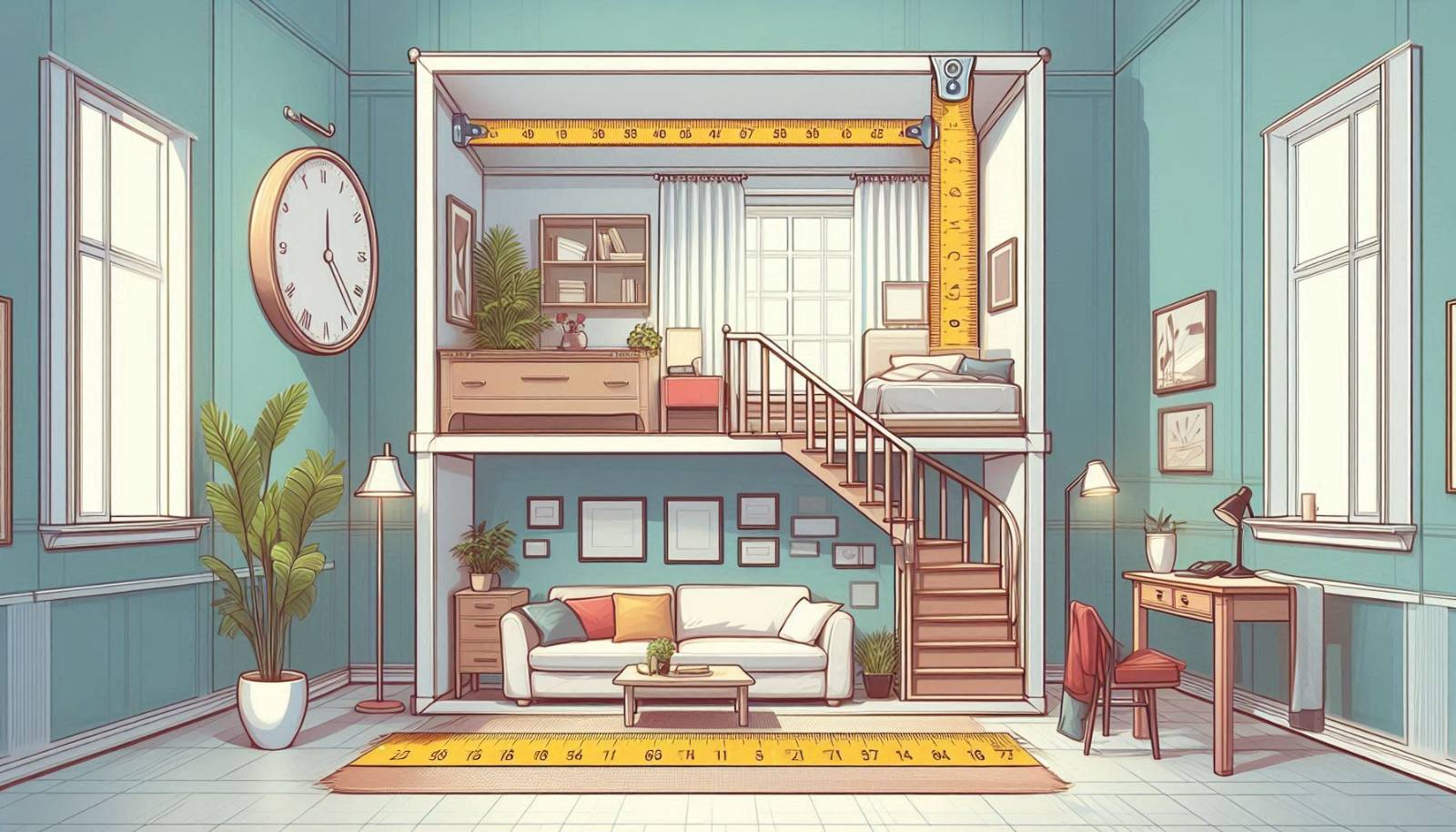When buying property in India, it’s important to understand the terms carpet area, built-up area, and super built-up area. These measurements define the size of the space you’re purchasing. With the introduction of the Real Estate (Regulation and Development) Act, 2016 (RERA), there is now more clarity in how properties are measured and sold, particularly by requiring that developers price properties based on the carpet area.
In this article, let us decipher these terms with examples and understand how RERA regulations protect homebuyers by standardizing property measurements.
What is Carpet Area?
Carpet area is the usable space inside your apartment—the area where you can physically lay a carpet. It includes all the rooms in your home, like the living room, bedrooms, kitchen, and bathrooms. However, it excludes areas such as balconies, terraces, and the thickness of external walls. Simply put, carpet area represents the space you can use within the walls of your home.
RERA’s Definition of Carpet Area
Under RERA, carpet area is clearly defined as the net usable floor area of an apartment, excluding the area covered by external walls, service shafts, exclusive balconies, verandas, or terraces, but including internal partition walls.
This regulation ensures that buyers know exactly how much usable space they are paying for, with no hidden or ambiguous areas being factored into the price.
Example: If the carpet area of your flat is 1,000 sq. ft., this means you have 1,000 sq. ft. of living space inside your apartment.
Since RERA is a implemented as the state level, each state may have a differently worded definition of carper area. However, the essence of the definition would remain the same.
What is Built-Up Area?
The built-up area includes the carpet area as well as the area taken up by the walls, balconies, and any additional spaces attached to the flat. This means that it accounts for the usable area plus the space occupied by the thickness of walls and external features like balconies or terraces.
Example: If the carpet area of your flat is 1,000 sq. ft., and the walls occupy another 200 sq. ft., with a balcony adding 100 sq. ft., the built-up area would be 1,300 sq. ft.
What is Super Built-Up Area?
The super built-up area goes beyond just your flat and includes a proportionate share of common areas in the building. These common areas can include staircases, lobbies, lifts, corridors, clubhouses, and other shared amenities. Previously, developers used the super built-up area as a selling point, often leading to confusion among buyers who didn’t realize that this included spaces beyond their apartment.
Example: If the built-up area of your flat is 1,300 sq. ft. and your share of the common areas (lobbies, staircases, etc.) adds another 400 sq. ft., then your super built-up area would be 1,700 sq. ft.
Differences Between Carpet Area, Built-Up Area & Super Built-Up Area
Let’s look at a practical example to understand how these terms differ when you’re buying a flat:
- Carpet Area: 1,000 sq. ft. (This is the actual usable area within the walls of your flat.)
- Built-Up Area: 1,300 sq. ft. (This includes the carpet area plus the area occupied by internal and external walls, balconies, and terraces.)
- Super Built-Up Area: 1,700 sq. ft. (This includes the built-up area plus a portion of common areas like the lobby, staircases, and amenities.)
In the past, developers would often quote the super built-up area, which made the flat seem larger than the actual usable space, causing confusion and higher costs for buyers.
How RERA Transformed Property Sales
Before RERA, developers often quoted the super built-up area as the size of the flat, making it difficult for buyers to know how much space they were actually getting. This caused frustration because the usable space (carpet area) was much smaller than what was advertised.
Under RERA, developers are required to sell flats based on carpet area only, making the transaction more transparent. This regulation has significantly reduced ambiguity, ensuring that buyers pay for what they actually get in terms of living space.
Key RERA Benefits for Buyers
- Clear and Standardized Measurements: Developers must now adhere to the RERA definition of carpet area, ensuring that buyers know the true size of the flat.
- Transparent Pricing: Buyers are charged only for the usable area, leading to greater clarity in the cost of the property.
- Fewer Disputes: The standardization brought by RERA has helped reduce confusion and disputes related to the size and price of properties.
- Accurate Marketing: All advertisements and agreements must now clearly state the carpet area, giving buyers a realistic view of the property they’re purchasing.
